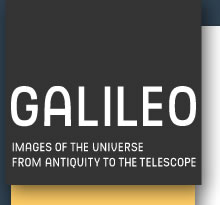


From the second half of the 17th century on, the availability of accurate observation data provided by astronomical observatories, made it possible to achieve depictions of the sky with unprecedented detail and accuracy. The star catalogue compiled by John Flamsteed at the Greenwich observatory brought the number of classified stars to fully 3,300, doubling the already considerable number of stars that Hevelius had catalogued 35 years before. This mass of new data prompted the production of increasingly up-to-date atlases and globes containing a wealth of information. Levels of excellence in this field were achieved by Flamsteed himself in Great Britain, by Vincenzo Coronelli in Italy (his celestial and terrestrial globes are true masterpieces) and by Johann Gabriel Doppelmayr in Germany. Erhard Weigel also made a contribution to the popular field of celestial cartography by producing a map of the heavens in which he replaced the traditional images used to depict the constellations, with the coats-of-arms of Europe's leading royal families.